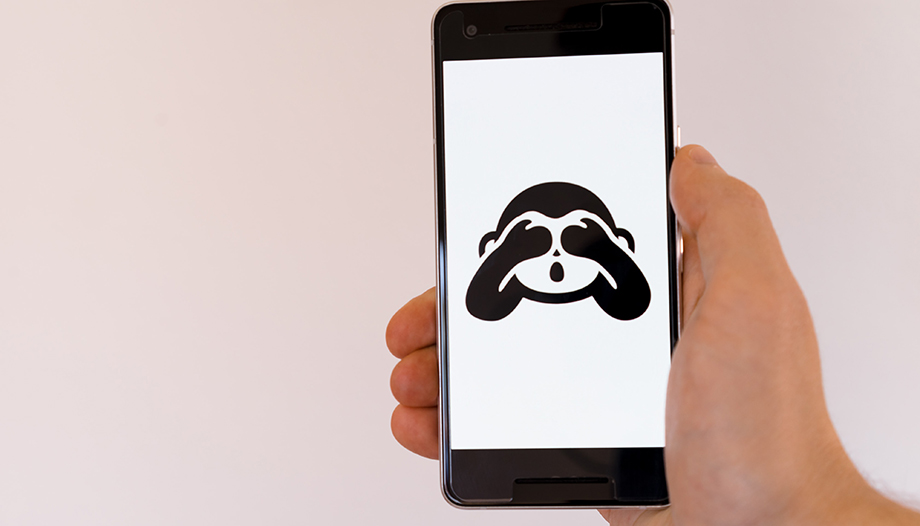Most shipping agencies use SMS to notify of an upcoming pickup or delivery, something that many hackers are using to fraudulently scam you. Indeed, many of us have received an SMS notification of a package and a link to track it, but this is a scam, whereby criminals want to get your details and install malware (virus) on your device. What looks like a package arrival notice actually destroys or takes over data on your phone. Here's what you need to know and what you can do...
–What is going on? Fake shipment warnings: "Your shipment is on its way. Click on the following link to track it...". This message, or different versions with similar text, is what you get in the fake SMS, which are sent in bulk. The links they contain are different in each case, as are the sender's numbers.
The trick behind it is always the same, at least in all the messages I've seen: either the login details for various internet services are requested, or you land on a page that wants to install malware on your device. So, if you receive such a message, delete it directly and, above all, under no circumstances click on the link, as there is usually no real package waiting for you. You can recognize this type of spam or garbage by the address to which the link attached to the message refers. Because it is not usually from Correos, DHL or similar, but points to unknown pages.
–Already bitten?If you have already fallen into the trap and clicked on the link, you should remain calm. In the worst case scenario, you have been convinced to install apps (applications) from unknown sources, which continue to spread the fake messages. This is not only very annoying, but can also cause you expenses.
The best thing to do is to install an antivirus app on your mobile, and activate the airplane mode. Then scan the device for malware. If you find anything suspicious, inform your operator. You may be able to get your SMS charges reversed. You should also file a report with the police, in case you need to involve an insurer.
–Is your mobile number in danger?The current wave of spam uses a set of data that was misplaced from Facebook, including the phone numbers of more than 500 million Facebook users. The website https://haveibeenpwned.com/ you can quickly find out if your number is part of those stolen from Facebook. Type there your number in international format, for example +34 123 456 789, and it will tell you if you are in danger.
–Prevents the installation of any app.To minimize the danger that may come, you can modify the settings of your Android phone to prevent the installation of apps from unknown sources. On iPhones, this step is not necessary. And, in general, it would be wise to block third-party messages from your carrier, if you haven't already done so.
–Blocks the reception of false SMSIn the settings of many messaging apps you can set that you only want to receive SMS from contacts in your address book. If you use services such as reminders or bank information, you should store these numbers. Many mobile or security apps offer spam filters. These can help you reduce the frequency of unwanted SMS. If you don't get rid of the SMS wave by any means, you may even have to change your number.
–Who will cover the damages?If you have incurred exorbitant costs for sending bulk SMS, you may want to check with your liability insurance to see if it covers this type of event. Many modern contracts may have clauses that cover damage due to phishing. If you have made purchases on the Internet, talk to your bank, since many cards maintain insurance against these eventualities. And there are also specific cyber insurance policies that cover all the problems that can arise in this type of situation when you use the Internet.
-Many other scams.There are numerous variations of this scam, and another of the most common is that you are asked for a payment to deliver the package, because it is "blocked" in the courier. These are usually very small amounts, 3 or 5 euros at the most, so you easily pay and proceed with the payment process. But, in reality, at the time of payment you can be charged up to 1,200 euros if you do not realize it, or if you do not have the bank's double authentication activated. Thanks to the latter system, the bank sends you a confirmation message to your cell phone where you can see the actual amount you are going to pay if you finally accept.








